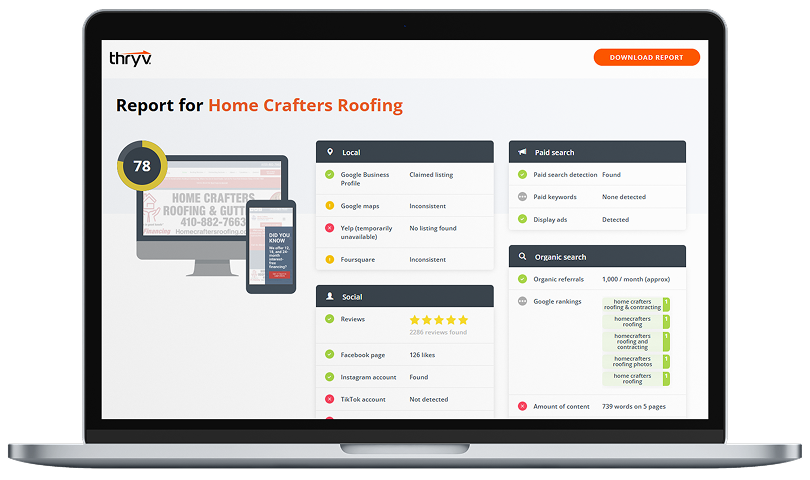Recent discussion about increasing the federal minimum wage has small business owners searching for ways to mitigate a potential increase in labor costs. Some are saying that replacing workers with technology is the best solution to this problem. As technology prices have gone down over the past decade, minimum wages have gone up, and business owners who cannot simply absorb increased payroll are restructuring with hardware and software in mind.
Carla Hesseltine, the owner of Virginia Beach bakery Just Cupcakes, is considering buying tablet computers that would allow her customers to place their orders without speaking to an employee. Hesseltine plans to have the tablet screens display product information, including photos–effectively fulfilling the sales duties of her 10 employees. She got the idea from a neighboring juice bar that already has a similar system installed.
As an example of how much more affordable technological tools have become in recent years: the average price of a tablet computer fell from $1,330 in 2009 to only $394 in 2012, according to market research firm IHS. Buying a few tablets and installing a customized application to perform the services Carla Hesseltine has in mind for her bakery would cost between $5,000 and $15,000.
Weighing the benefit of installing such an automated system instead of absorbing potential payroll hikes is an issue more and more small business owners are confronting. Raising prices is one way to counteract more expensive labor, but many small businesses have already raised prices as a survival tactic during the economic recession. To raise them any more could decrease sales.
Tarang Gosalia, owner of three hair salons and a frozen yogurt store in Massachusetts, is planning to test out new customer payment technology beginning this summer. He hopes that a streamlined payment system will allow him to eliminate some of his 35 employees–most of whom earn about $8 an hour.
The current federal minimum wage is $7.25 an hour, but 19 states already require a higher minimum. Employers in Oregon, for example, must pay at least $8.95 an hour. Ten states regularly adjust their minimum wages to account for inflation, including Arizona and Missouri.
Source:
Needleman, Sarah E. and Angus Loten. “Can the Tablet Please Take Your Order Now?” The Wall Street Journal, 3/28/13.


